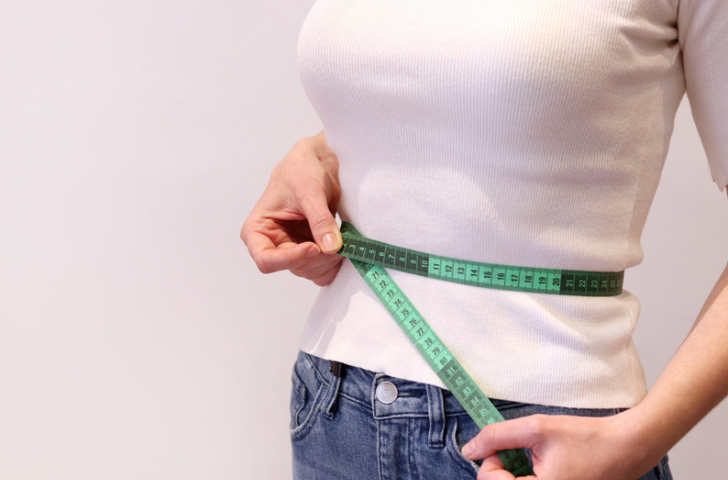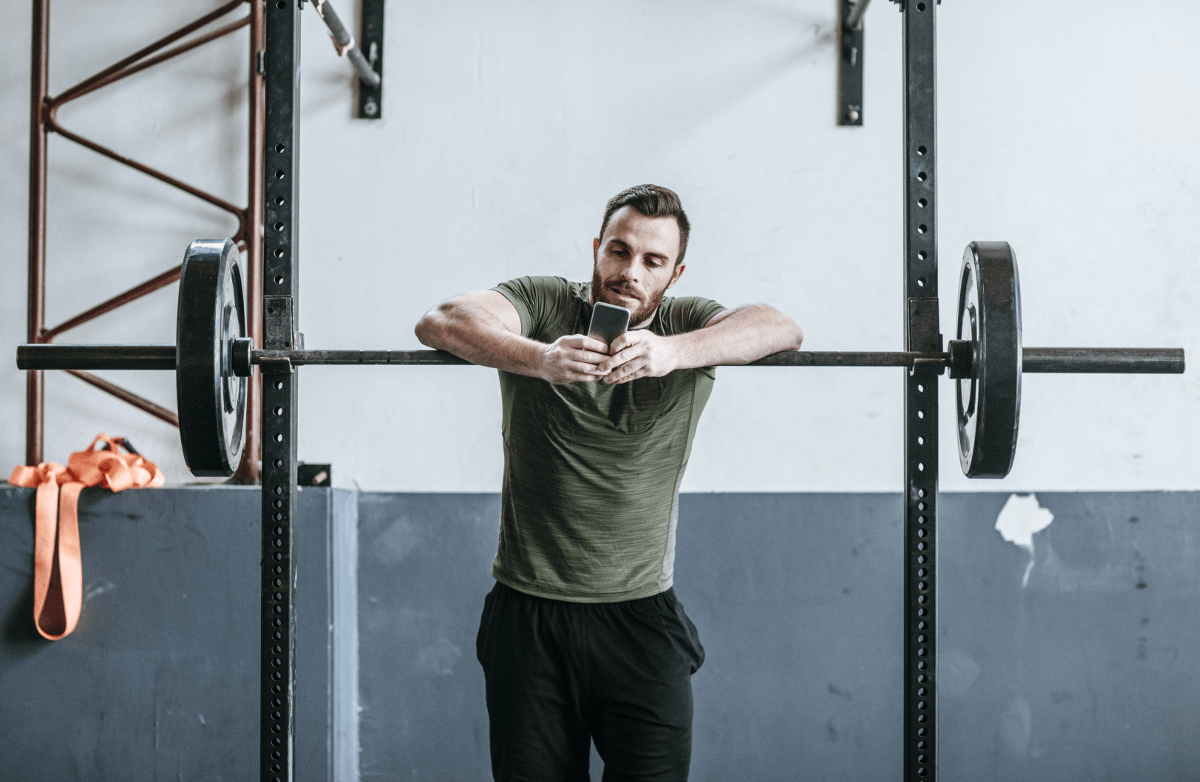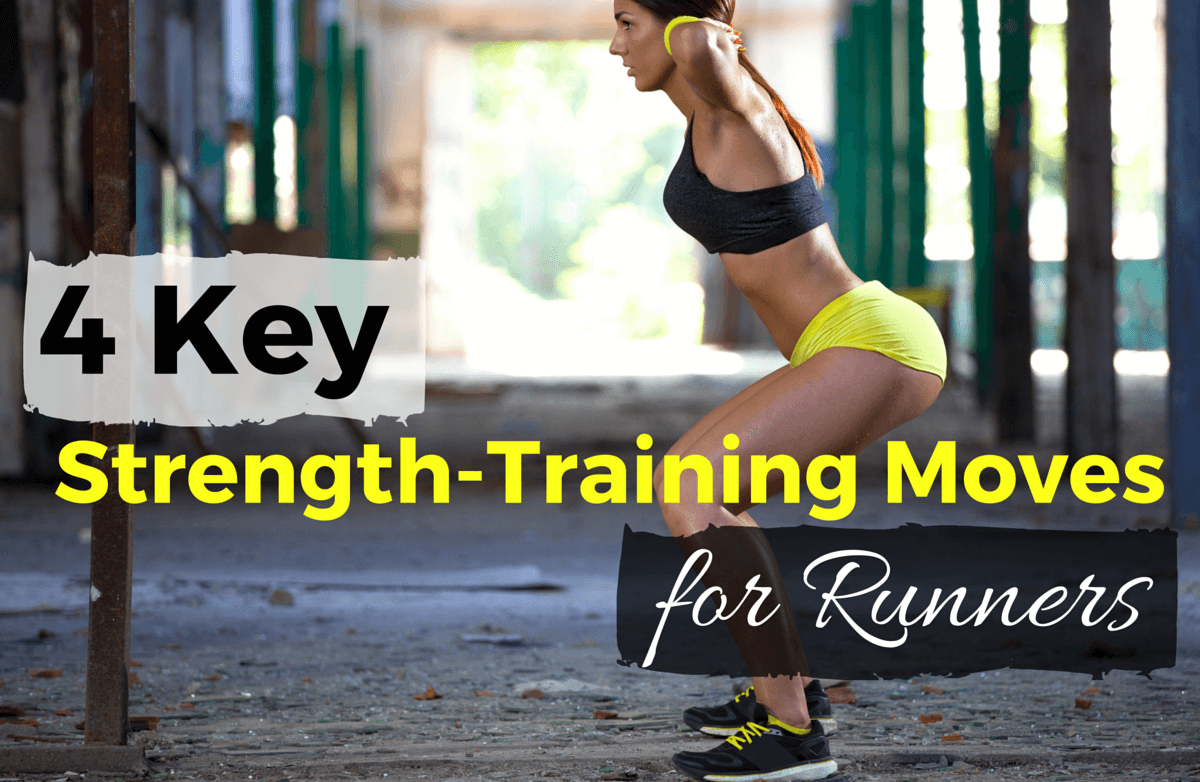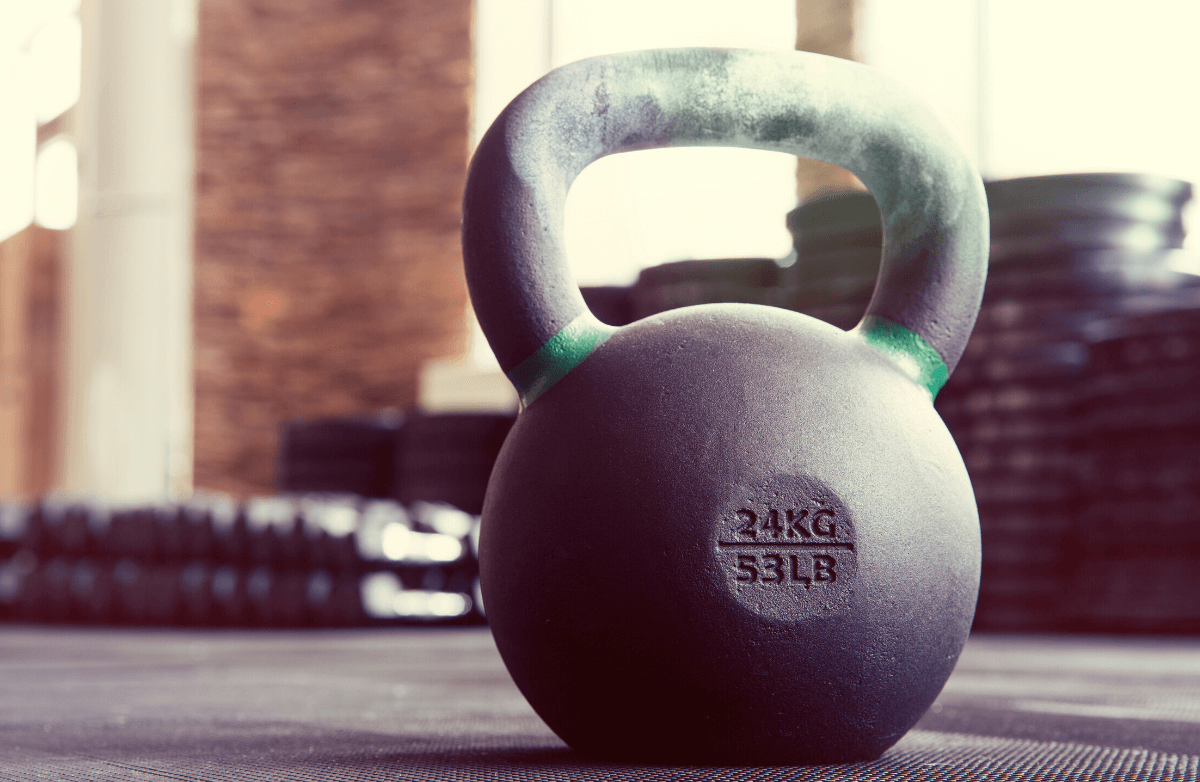
It’s easy to get discouraged when your hard work doesn’t show on the scale. Seeing the same number week after week can make you want to give up—but before you do, try taking your body measurements. Body measurements can reveal progress that the scale might miss. Often, you’ll notice a loss of inches even if your weight hasn’t changed. To track accurately, measure in the same place under the same conditions each time.
Common Body Measurements
-
Bust: Measure around the largest part of your chest, keeping the tape parallel to the floor.
-
Chest: Measure just under your breasts/pecs around your torso, keeping the tape parallel.
-
Waist: Measure about ½ inch above your belly button (the narrowest part). Exhale before measuring.
-
Hips: Measure around the widest part of your hips/buttocks, keeping the tape parallel. Use this with your waist measurement to calculate your Waist-to-Hip ratio.
-
Thighs: Measure around the largest part of each thigh.
-
Calves: Measure around the largest part of each calf.
-
Upper Arm: Measure around the largest part of the arm above the elbow.
-
Forearm: Measure around the largest part of the arm below the elbow.
-
Neck: Measure around the largest part of the neck.
Tips for Accurate Measuring
-
Use a flexible measuring tape, like cloth or plastic.
-
Stand tall with muscles relaxed and feet together.
-
Keep constant pressure on the tape without pinching your skin.
-
Measure under the same conditions each time (same clothing or none).
-
Measure in front of a mirror or have someone help to ensure proper placement.
-
Always measure the same spot on your body each time.
Why It Matters
Losing inches can be just as impactful—if not more—than losing pounds. Tracking your measurements lets you see real changes in your body, keeping motivation high even when the scale doesn’t budge.




.png)








